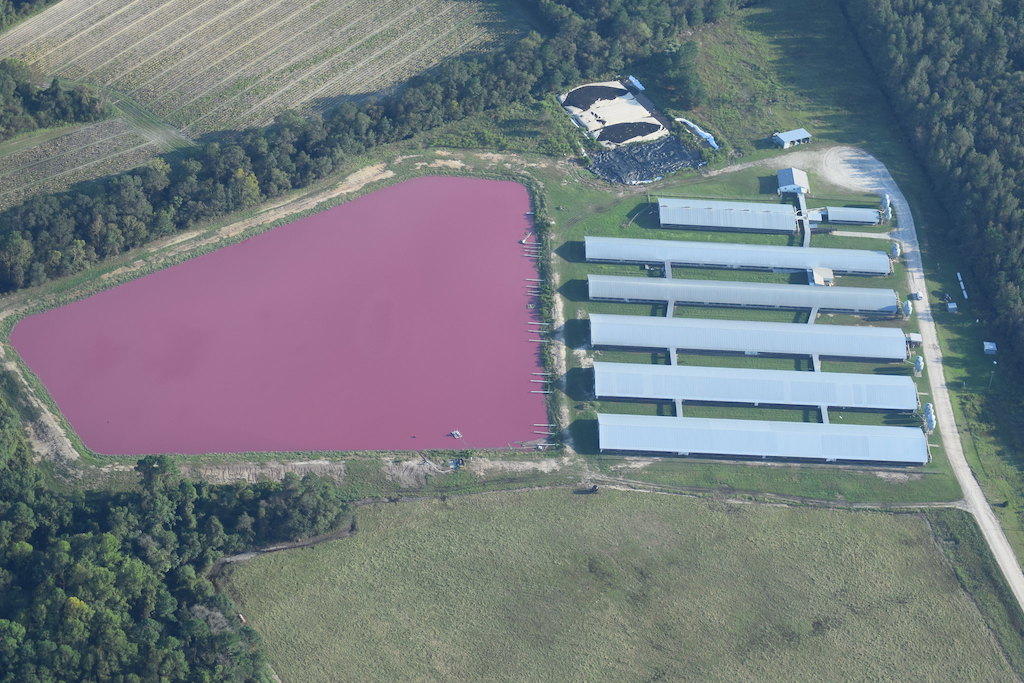Two years ago, President Obama signed a Senate bill into law that mandated labeling of genetically modified organisms (GMOs) in food, an effort made, in part, to pre-empt the patchwork of state-level labeling laws being passed in states like Vermont. Today, the United States Department of Agriculture (USDA), the agency charged with enforcing the standard, at last released a draft of the proposed rule—which means we’re about get a sense of what the new era of GMO labeling is going to look like in practice.
On its surface, the rule is intended to reduce the consumer confusion that abounds when it comes to GMOs. But guess what? As currently written, it may actually make things worse.
Here’s what the proposed rule is not: a bill that informs consumers about whether or not GMO ingredients are healthy or safe. That’s the job of the Food and Drug Administration (FDA). Instead, this rule is all about the labeling, and thus the marketing, of food products—which falls under the purview of USDA. In short, the bill is an attempt to define what a “bioengineered food” really is, and when it has to be disclosed.
GMO and BE aren’t synonomous. BE will only refer to those foods that have been created by splicing foreign genes from one species into another, a process known as transgenesis. Some critics say that, in the era of gene-editing tools like CRISPR, that definition is too limiting. Activist groups like the Non-GMO Project consider foods that have been gene-edited in any way, with or without transplanted genes, to be genetically modified. In other words, current GMO-free certifications cover more ground than the narrowly defined BE label that’s been proposed.
Under the proposed rule, USDA’s Agricultural Marketing Service will be charged with making two lists of BE foods. One list will include ingredients, mostly commodity crops, that are almost always genetically engineered—including canola, field corn, soybeans, and sugar beets. Because 92 percent of the field corn produced in the United States is bioengineered, for instance, foods that contain ingredients like high fructose corn syrup, and products like breakfast cereal, will be labeled.
A second list of foods includes crops for which genetically engineering is less common. When apples, sweet corn, papaya, potatoes and summer squash are used as ingredients, a packaging label could state that the product “may contain” bioengineered food.
All this sounds simple enough—but from there, things start to get weird.
Very small manufacturers will also be exempt from the system, and so will those foods that have already been certified organic—which precludes GMO ingredients in the first place.
The proposed rule also contains a provision that GMO critics have called a cop-out: The option to label BE ingredients via scannable QR code, among other options. An academic study found that codes are less likely than a text label to deter purchases of GM food—maybe because, as the USDA subsequently revealed, 85 percent of consumers struggle to use QR codes. When the program was unveiled in 2016, independent Senator Bernie Sanders said codes obstructed the spirit of the law. In a statement released today, the environmental activist organization Food & Water Watch called them a “huge issue.” (Companies have the option to use more traditional, logo-style BE labels.)
Meanwhile, the Grocery Manufacturers Association, which historically counts the industry’s largest food companies among its members, praised the release of the proposed rule. (Companies like Mars and General Mills already label their GMO foods voluntarily, in response to other labeling legislation.) The Organic Trade Association, which supported the signing of the act in 2016, did not comment by press time.
A spokeswoman for Recombinetics, the biotech firm behind the genetically engineered hornless Holstein dairy cow, said the company would likely comment on the standard to USDA. The company’s stance that food produced through “precision breeding”—or gene editing for only “naturally occuring traits”—should be exempt from labeling requirements is already reflected in the language of rule.
The 106-page rule, which will be officially published tomorrow in the Federal Register, kicks off a 60-day comment period.










